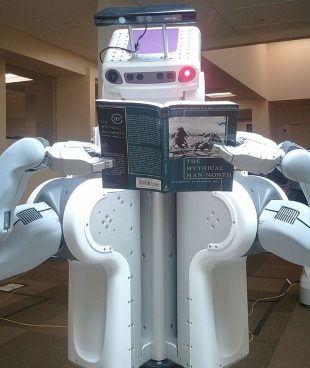This post was first published on the Royal Society’s In Verba blog on 24 April 2015.

We all love a good story, it’s part of the fabric of what makes us human, and over the past few centuries we have communicated research through stories. Some exciting, some dull, some well written, some less so, some where the villain wins and some where they lose. As Anita de Waard has noted, research articles in biomedicine have a very similar structure to fairy tales and this narrative pattern in my view can be seen across most research communication.
In a print world of human readers this made sense. But in today’s digital world, where possibly the majority of “readers” are machines, is it time for change? Clearly there is too much research content being generated for any single person to be able to read everything in their field and around it. Work by Carol Tenopir suggests that the amount of time we put into reading research articles has been steadily dropping. Would lists or summaries or just figures be better? In particular should we be authoring in a way that makes it easier for machines to read? Is it time to stop telling stories?
I believe this is actually a false dichotomy. There are probably many things currently published as articles that would be better if they were shorter. And we could certainly do with better tools that help us write content that is easier for machines to understand. But better structured and marked up content can also be made easier for humans to read. It is a truism in the publishing industry that authors and readers are the same person – but I increasingly find that, while they may be inhabiting the same body, the author is an entirely different person to the reader, and they seem to rarely talk with each other.
In a perfect world our research communication would have enough content and context to be useful but no more. It would be supported by tools that make it easy to write good serviceable content that can be understood by both humans and machines. But they would also allow the researcher to put the effort in to craft great content when the story justifies it. And these tools would do that by helping connect the author with themselves as a reader. Ultimately the machines can help us not just to read or to choose what to read, they can help us structure and present our work and our ideas in ways that make them clear to a wide range of audiences.
And the human audiences will always be drawn to a good story.
